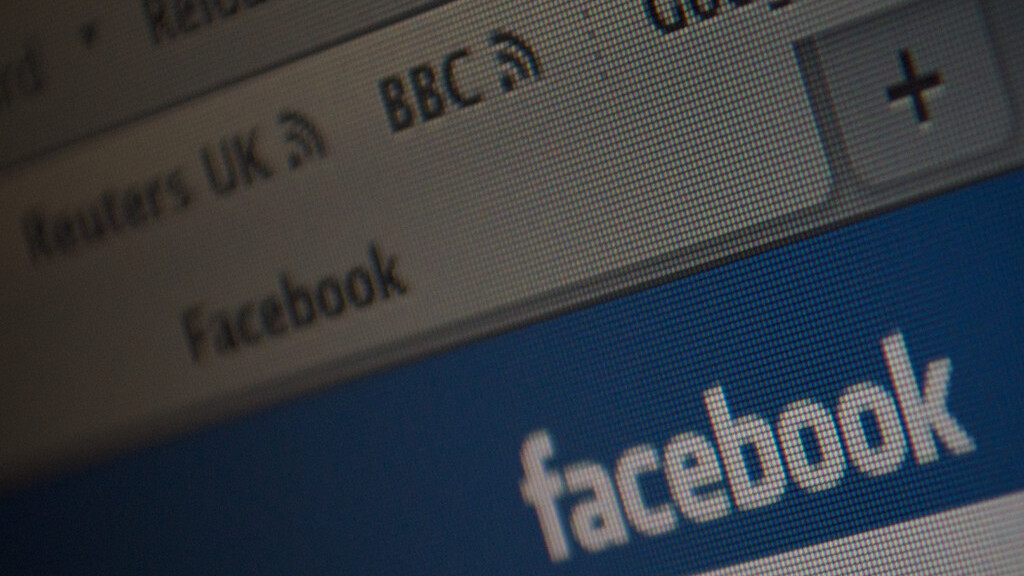
Facebook’s data team has released some information which gives a little bit of insight into how relationships change with the seasons.
Looking at the Facebook data of US users from 2010 and 2011, the study tracks changes to relationship statuses over time. The post reads:
“We started by tabulating the changes from a non-coupled relationship status, like “Single” or “Divorced,” to a coupled status, like “In a relationship” or “Engaged.” We compared that figure against the number of changes in the other direction, from coupled to non-coupled, to calculate the net percentage change.”
Admittedly, the study does have a margin of error, since users may remove their relationship status entirely instead of changing it, but nonetheless, there are some interesting conclusions you can come away with.
There are two specific times of year when new relationships see a spike – and it’s no surprise. On Valentine’s Day, Facebook sees a spike of 49% more new relationships than break ups. Christmas day comes a close second with 34% more new relationships. Other days with a significant increase are December 24, February 14, and for some reason, April Fool’s Day. Funnily enough, April 2 sees an instant reversal with 11% more breakups than new relationships.
Taking a broader look at the figures, patterns began to emerge on when people get together and when they break up. It turns out summer is unkind to relationships. Looking at the days of the week, Sunday, Monday and Tuesday were good days to start a new romance, while Friday and Saturday are peak break-up days.
Aside from revealing patterns in Facebook users’ relationship choices, it also reveals a slightly disturbing aspect about Facebook itself. We’re already painfully aware of how much information is being shared with Facebook, but don’t often stop to think about the cost.
This is only one instance of a study shared by Facebook itself, showing how the smallest piece of information in our Facebook profiles – a relationship status – can be used to establish entire patterns about user lifestyles.
With Facebook’s constant push for further interaction between your account and other sites or apps, there’s no limit to the kind of information and data that users are unwittingly willingly sharing with the social network.
Facebook knows which articles you read, which games you play, which sites you like, and in some cases, what purchases you’ve made. The social network is every advertiser’s fantasy of the ultimate consumer database, but how often do we actually stop to think about what that means, and how much information we’re giving away about ourselves?
Facebook’s latest advertising attempt, sponsored stories, injects ads into your news feed based on what you ‘like’ on the social network or around the Web. That is, no doubt, just the tip of the iceberg.
While this study is harmless and reveals no specific personal information, it’s an excellent reminder that with free services like Facebook, you’re not the customer, you’re the product.
Get the TNW newsletter
Get the most important tech news in your inbox each week.




